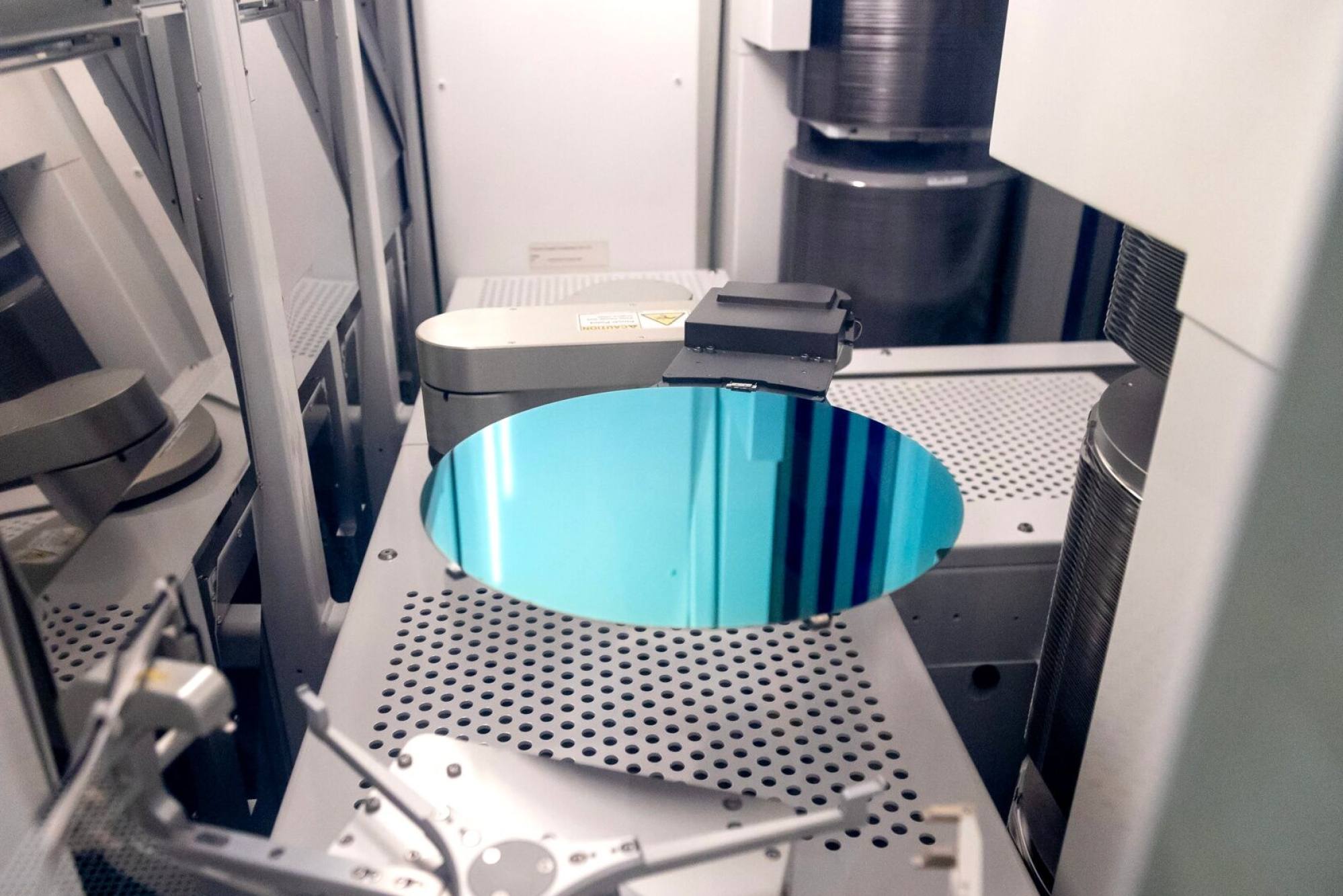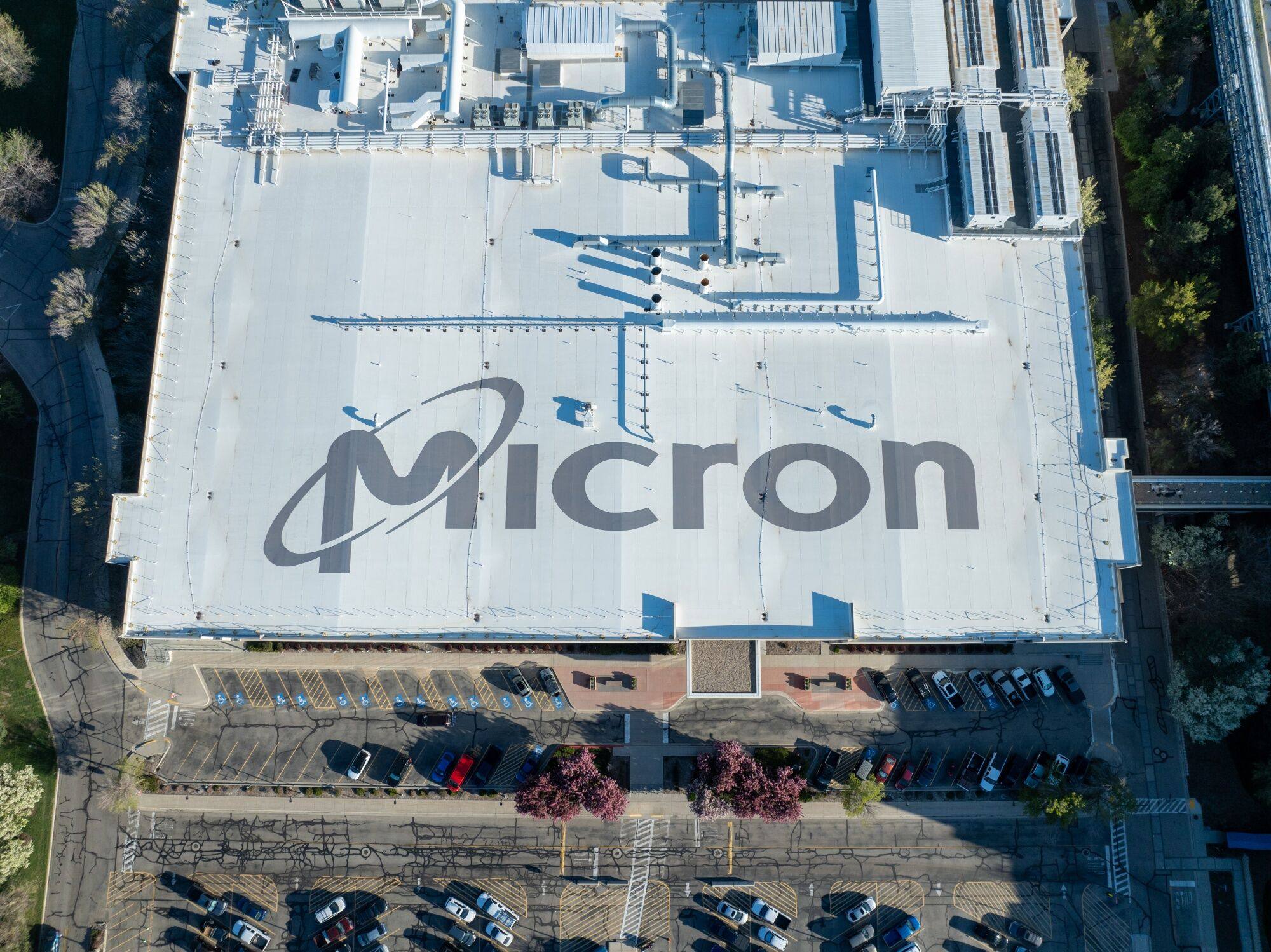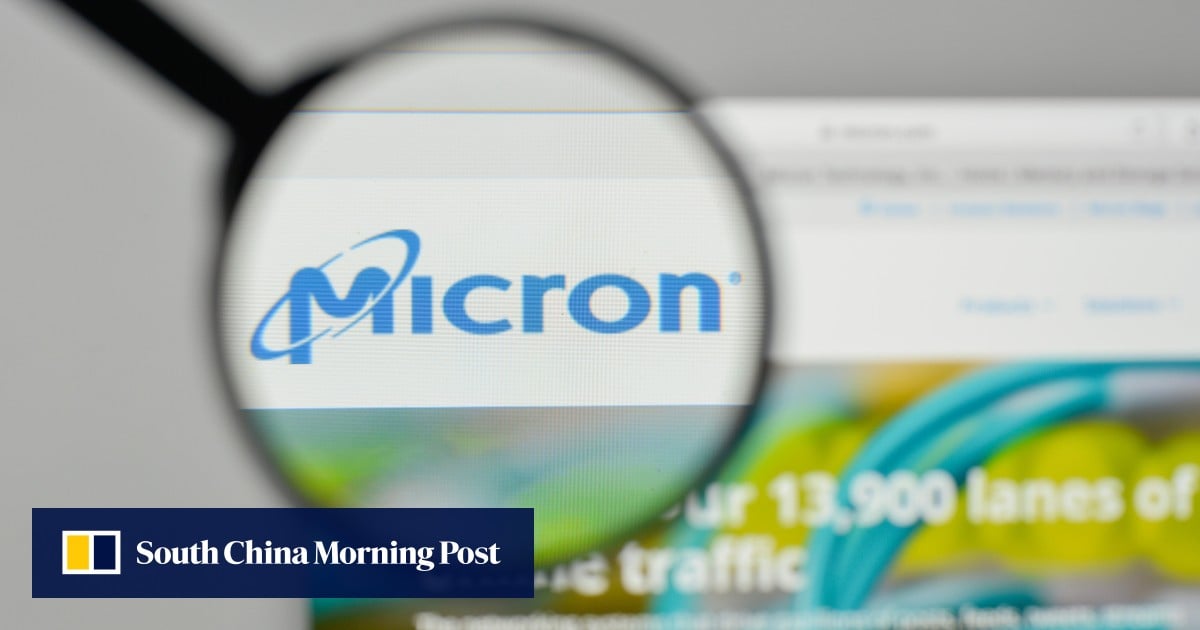Micron’s fiscal fourth-quarter sales will be US$7.4 billion to US$7.8 billion, the company said in a statement on Wednesday. While the average analyst estimate was US$7.58 billion, some projections were above US$8 billion. Profit will be about US$1.08 a share, minus certain items, versus a projection of US$1.02.
The Nasdaq-listed company’s shares fell about 7 per cent in extended trading. Micron had rallied 67 per cent this year before the close, lifted by investor expectations that it will be one of the main beneficiaries of AI spending.

In the third quarter, which ended May 30, Micron’s revenue rose 82 per cent year on year to US$6.81 billion. The Boise, Idaho-based company reported a profit of 62 cents a share, excluding certain items. That compares with estimated sales of US$6.67 billion and a projected profit of 50 cents a share.
Micron sold US$100 million of its new HBM3e chips in the just-completed quarter and predicts that total sales of high-bandwidth products will rise to “several hundred million dollars” in the current period. It will then increase to multiple billions in fiscal 2025, which runs through August of that year.
Ramping up production of HBM chips has been a challenge, however. The difficulty of increasing factory output – and qualifying the chips to work with computer systems – supply effectively has a “hand brake on it”, Manish Bhatia, Micron’s executive vice-president of global operations, said in an interview.

In light of those constraints, Micron expects pricing to steadily increase. There is also less chance of the memory market returning to an inventory glut, an issue that has long plagued the industry.
The US firm is on course to spend about US$8 billion on new plants and equipment in fiscal 2024. That budget will increase materially next year in support of construction at sites in Idaho and in New York state.
The Idaho facility will not contribute to supply until fiscal 2027, with the New York site coming the following year, Micron said. But the timing may depend on Micron’s analysis of supply and demand.

In a slide presentation, the company said that sales to the PC industry remain on track to increase by a percentage in the low single digits in calendar 2024. Smartphone units will gain by a low- to mid-single-digit range. The company expects AI features to help spur demand for smartphones and PCs heading into 2025.

